
-
Updating Roman Jakobson’s ‘Poetic Function’ with Vector Semantics
Read more: Updating Roman Jakobson’s ‘Poetic Function’ with Vector SemanticsKurzynski discusses how poetry extends beyond sound and rhythm and taps into a deeper network of meanings.


Kurzynski discusses how poetry extends beyond sound and rhythm and taps into a deeper network of meanings.

Since 2005, blogging has become a significant trend amid Egyptian young people. Among the many blog entries published online every day, some stand out for their innovative literary features and original contents. So far, a number of bloggers, such as…
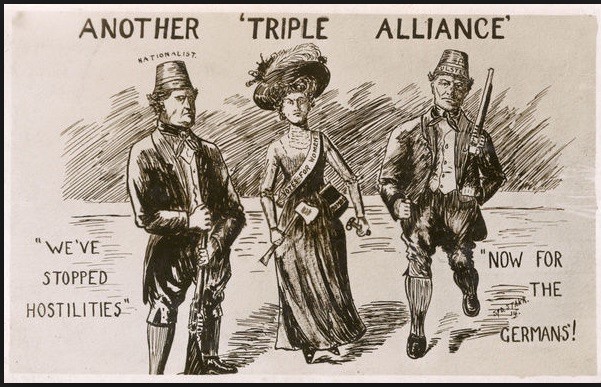
Mark Quigley,University of Oregon With commemorations of the 1918 Armistice this past November, four years of centennial reckonings with the First World War effectively came to a close. But just as the impacts of the war extended far beyond active…
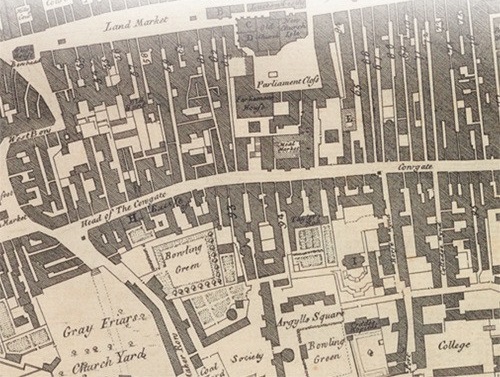
By Murray Pittock My book is a study of the Enlightenment in Edinburgh like no other. Using data and models provided by urban innovation and Smart City theory, it pinpoints the distinctive features that made Enlightenment in the Scottish capital possible.…
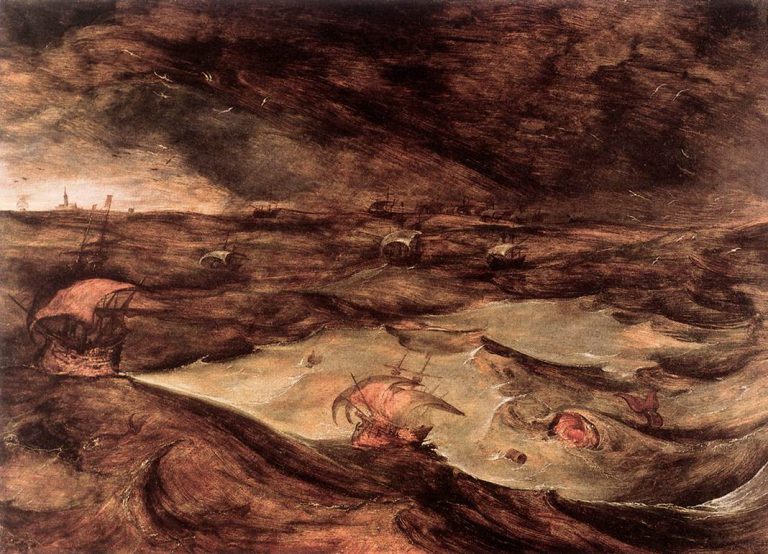
By Sophie Chiari In Romeo and Juliet, the lovers are plagued by the dog days that overdetermine the climate of the play and turn heat into hate. Interestingly, Shakespeare’s sources all set the story in a cold winter which put forward…

Here, Brian Trehearne expands on his inspirations, and the wider context behind his article in Modernist Cultures (November 2018). My article in Modernist Cultures volume 13.4, ‘Canadian Modernism at the Present Time’, had a number of prompts, only one of which…
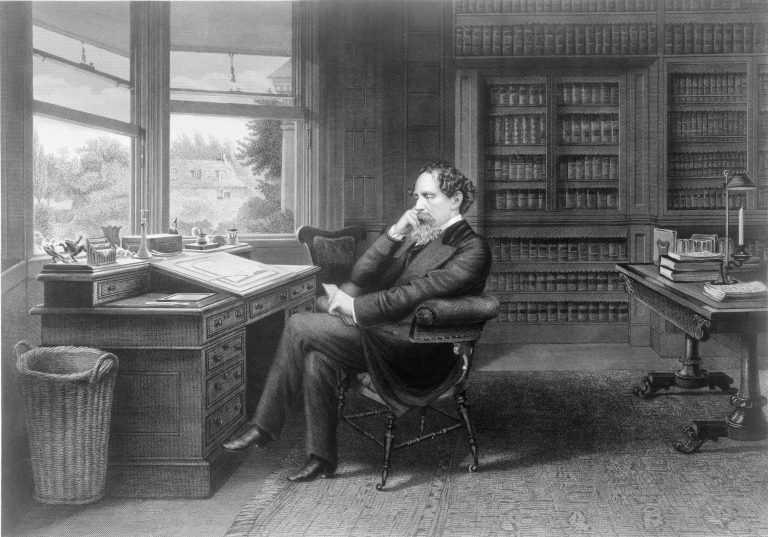
by Pablo Ruano Delving into characters’ minds is not Dickens’s strong suit. On the contrary, Dickens’s figures are best known for their simplicity, being frequently characterized by a repeated use of either a striking phrase that dominates their speech (such…
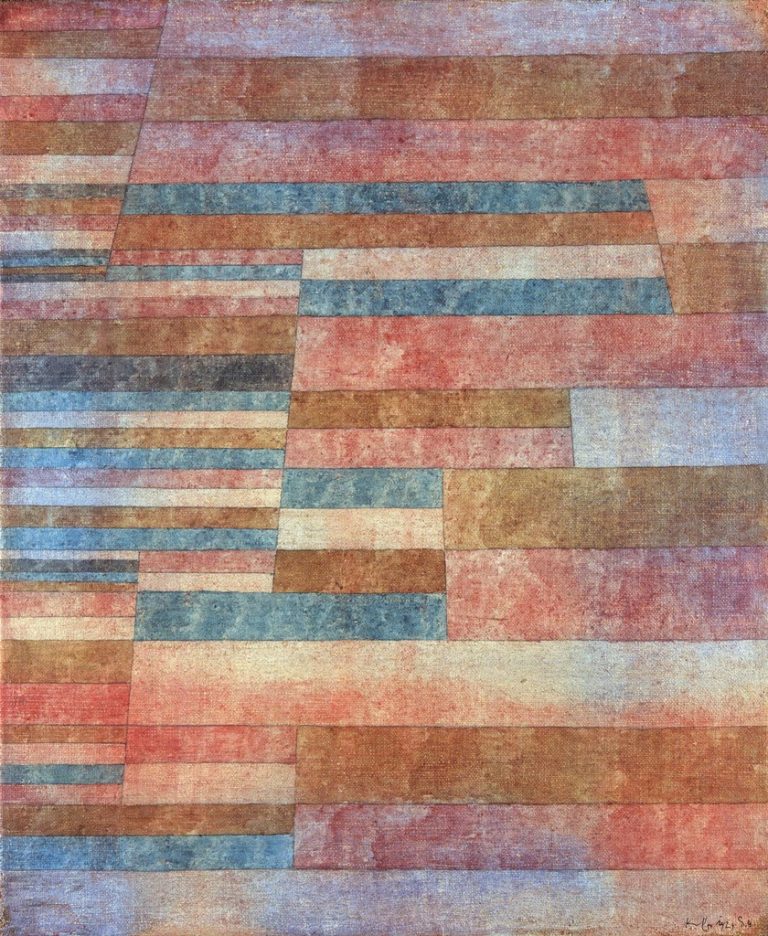
The November 2018 issue of Derrida Today publishes the keynote addresses from the 2018 Derrida Today conference in Montreal. One of the most exciting aspects of this gathering was the confluence of scholars who have been broaching questions of the…

Recent research has suggested that Frederick Douglass (1818-1895) was the most photographed American of the nineteenth century. The former slave who became a leading intellectual and civil rights campaigner of his age, was captured on camera more times than George…

John Pollock’s new article on the true provenance of ‘Mr Shuckspr’se Box’ begins with an auction, although true to our ‘advanced age’, it is a live webcast auction. Our author bids on ‘A 17TH CENTURY IRON STRONG BOX’ and wins…